Los Angeles is known for its genuine passion for cars. This culture has dominated for years, and the Petersen Automobile Museum is a prominent example of this. There are other motoring museums as well, but this one allows locals and visitors to get acquainted with extraordinary collections, ranging from classic versions to custom-made models. Find out more information at la-future.com.
History of the Petersen Automotive Museum
Let us begin by reviewing the institution’s history. Interestingly, it began as a luxurious Japanese department store and later became an American one. Then, the building at 6060 Wilshire Blvd. was abandoned until it was converted into an automotive museum. Such transformations vividly confirm the fact that changes are necessary. We would like to tell you more about each period.
- Welton Becket’s luxurious Japanese Seibu Department Stores. Here, you could buy high-quality Japanese products. The building was designed by local architect Welton Becket, who was known for designing other popular Los Angeles attractions (including the Beverly Hilton Hotel and the Los Angeles Music Center). Welton Becket was inspired by traditional elements of Japanese architecture such as sloping roof awnings, minimalism, simple exterior walls and classical modernism. Visitors felt the spirit of Japanese culture in every detail, which was fascinating. Despite the high-quality goods and distinctive design, clients did not visit the department store, resulting in its closure (the institution functioned for three years).
- The next was Ohrbach’s, a premium American department store. The business operated from 1965 to 1986.
- For about a decade, the building remained unoccupied before it caught the attention of publishing magnate Robert Petersen.
- The final stage was the establishment of an automotive museum.
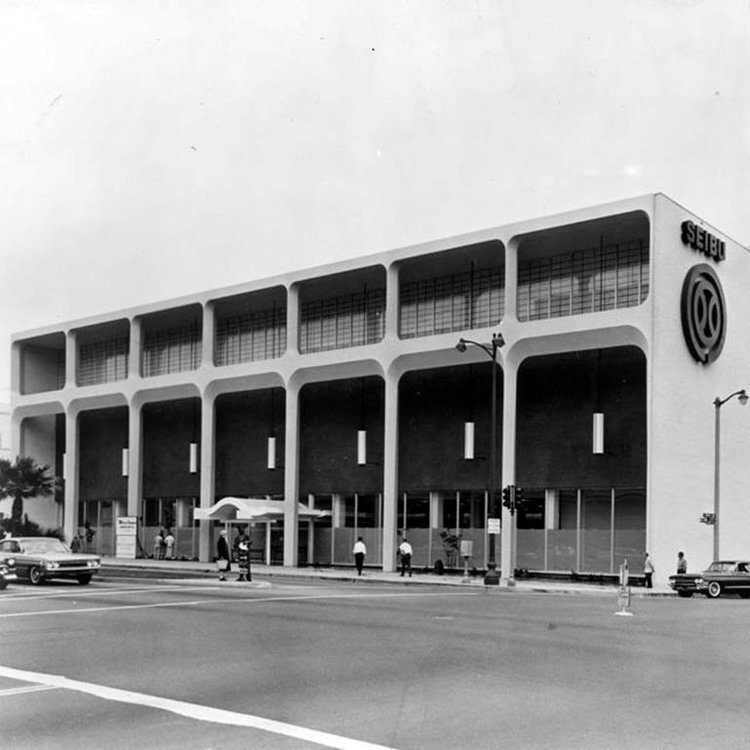
Who is Robert Petersen?
As previously mentioned, the man was a publishing magnate. Everyone knew he was a car enthusiast. The Natural History Museum of Los Angeles County near his publishing company housed some unique cars in Southern California history. Vehicles were occasionally displayed, although the vast majority were kept in the museum’s storage facilities.
Robert Petersen had long wanted to open an automobile museum, so he decided to offer the museum a partnership. The man didn’t have to look for a place for a long time as the building at 6060 Wilshire Blvd. was ideal for his purposes.
The Russell Group took on the renovation, which was inspired by Googie architecture. It was characterized as “a car meets a space era.” The architecture was distinguished by:
- sharp corners
- star lights
- bright colors
- rocket fins.
In 1994, the reconstruction was completed, resulting in a successful combination of Japanese modernism and a modern outlook. Thus, the new Robert Petersen Automotive Museum was opened.
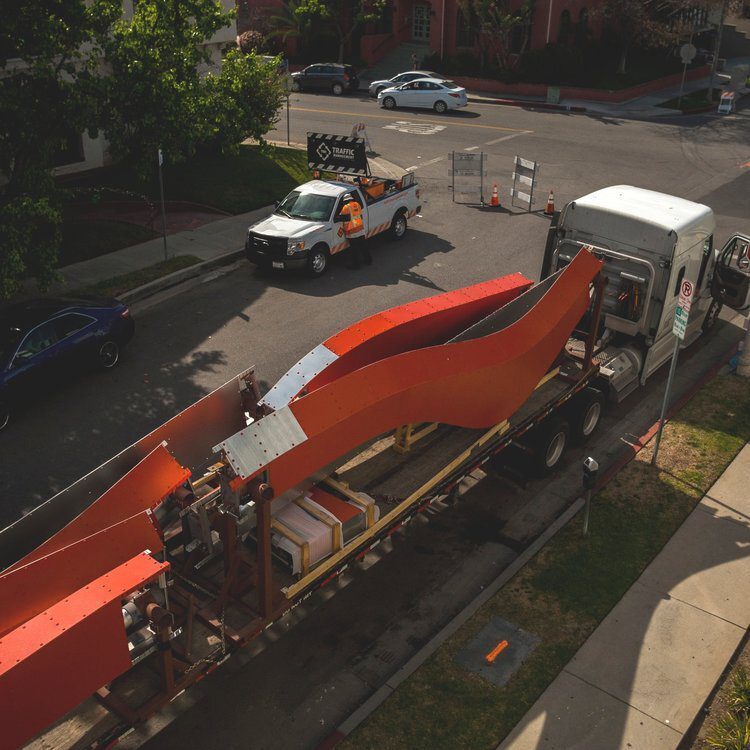
Official opening
In partnership with the Natural History Museum of Los Angeles County, the Petersen Automotive Museum opened its doors on June 11, 1994. The updated design combined with streetscapes immediately won over the public. Everyone was excited to see this incredible collection of vehicles with their own eyes.
After 20 years, the building was closed for repair. This time, the firm in charge of the large-scale reconstruction was Kohn Pedersen Fox Associates. The concept of the style has changed somewhat. For example, Googie-style architectural ribs were removed and replaced with 308 silver stainless steel strips. Interestingly, each strip was manufactured individually, so you won’t find two identical ones. These elements were fixed to the top and sides of the structure.
After renovations, the Petersen Automotive Museum reopened to the public on December 7, 2015. The cost of reconstruction was estimated at $90 million.
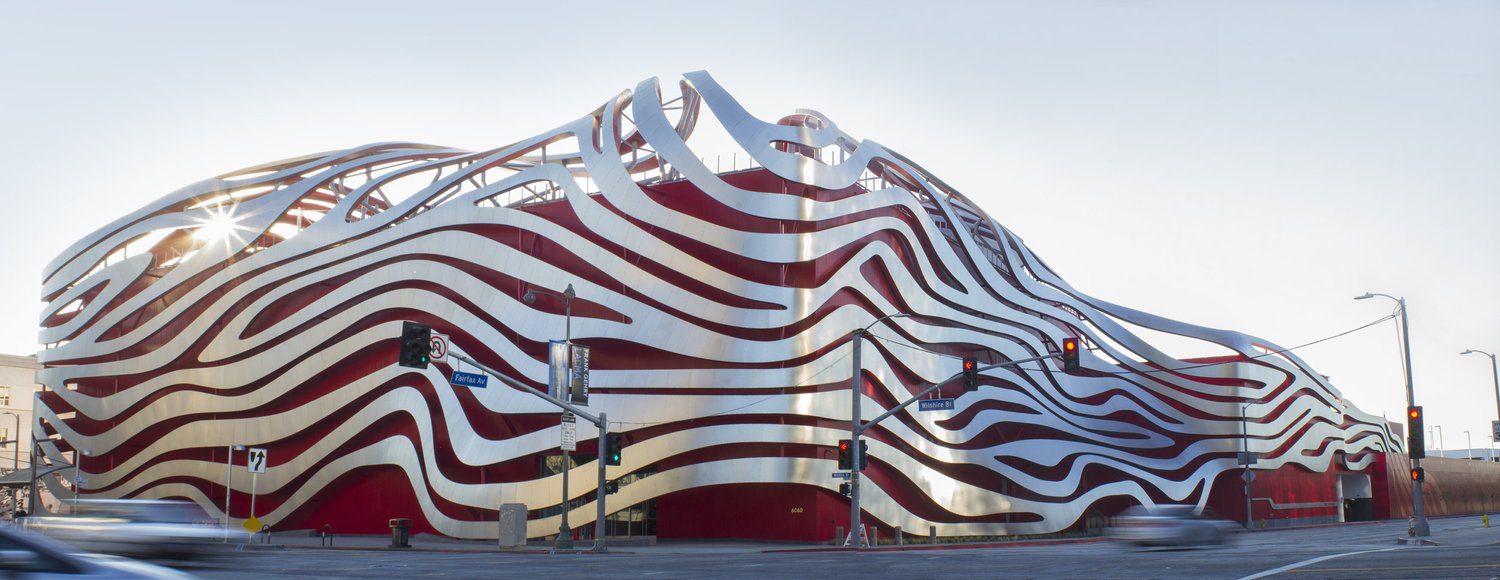
Virtual tour
The exhibition space measures around 95,000 square feet and is divided into three thematic floors. Each of them represents a unique level of art.
- the gallery “The Porsche Effect” features five thematic sections.
- the Ferrari exhibition features 11 iconic road and racing cars, including the Ferrari 250 GTO and Ferrari 248 F1.
- there is a hidden storage area for over 120 legendary cars in the working garage. This location is accessible via guided tours. There is an additional admission fee.
- the Perspectives Gallery exhibits cars from Southern California’s past.
- on the second floor, visitors can see Lightning McQueen known from the Pixar “Cars” franchise.
These are just a few examples, once inside the museum, it will be difficult for you to focus on one thing. The institution features many interesting and diverse vehicle models that are hard to pass by.
The Petersen Automotive Museum is open every day from 10:00 to 18:00. Tickets can be purchased in advance (up to a month in advance), and tours to the Vault are available on a first-come, first-served basis.
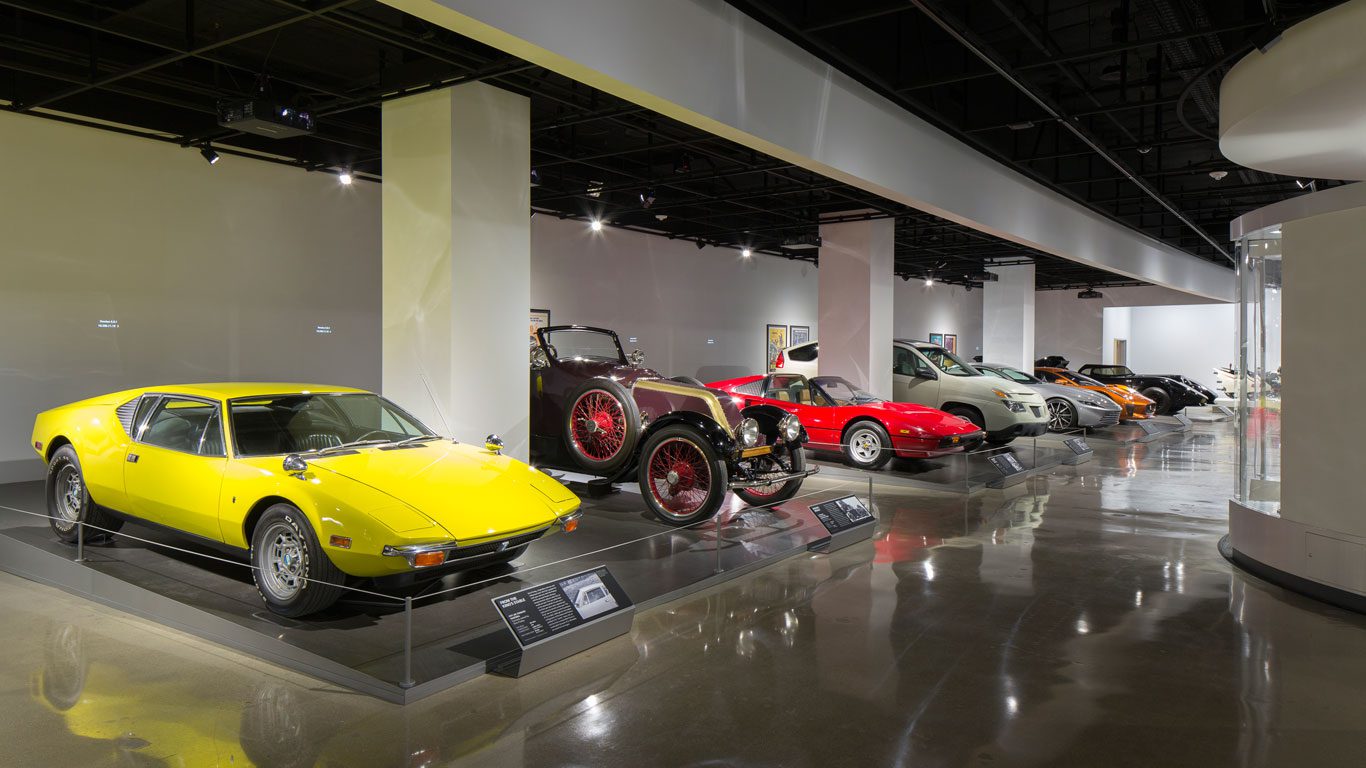
The vehicles
Supercars from the 1910s and 1920s. The most famous example of this era is the Mercer Raceabout. It has a power of 60 and a top speed of 90 mph. The years of manufacture are 1913-1914. This is a truly remarkable example of the Brass Era, one of the first sports cars in the United States, which is on display at the Petersen Automotive Museum. It is known that the original Mercer Type 35-J was delivered to the Gray family, where it remained for almost 30 years. The owner changed in the mid-1970s, and the legendary car was purchased by racing driver Phil Hill.
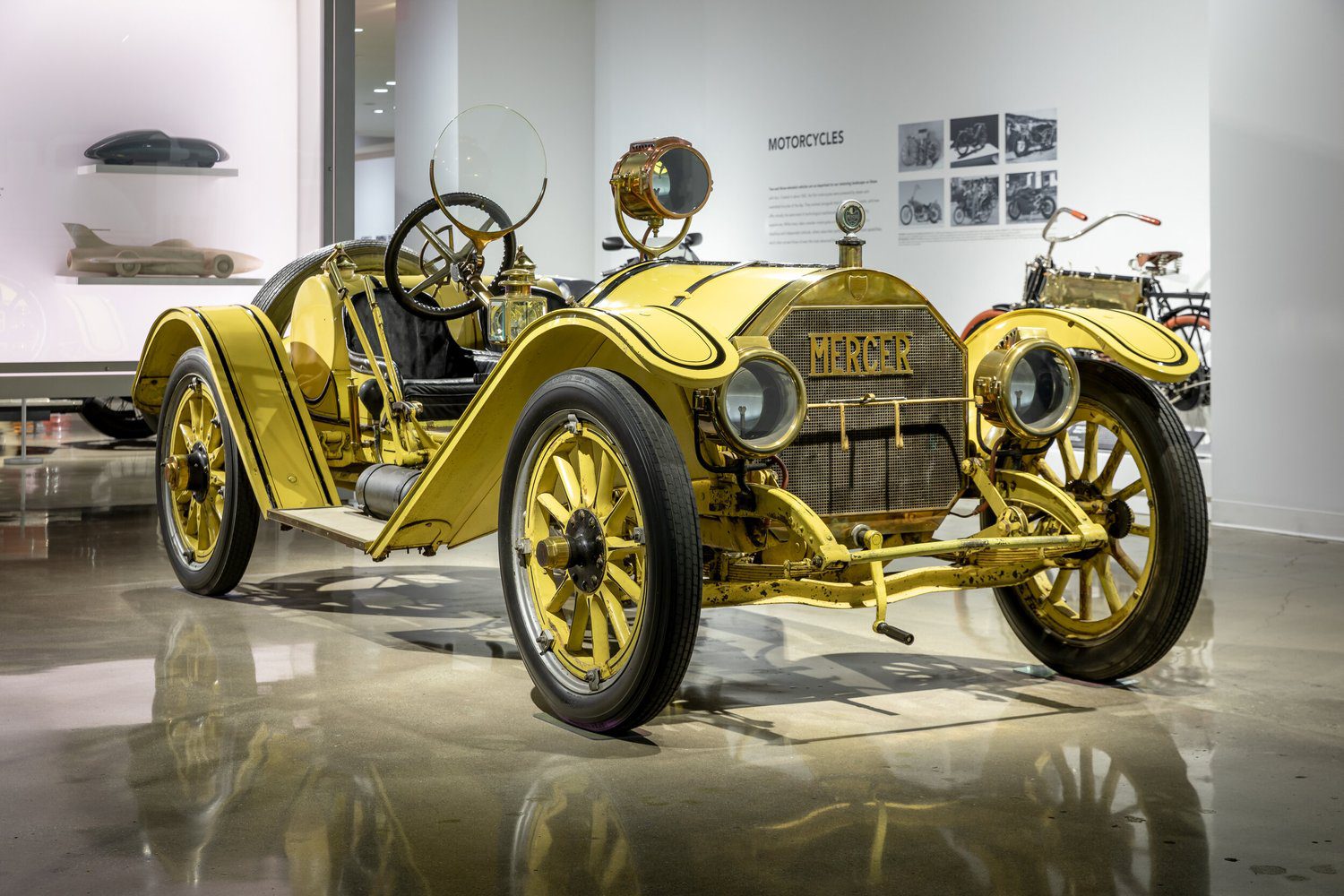
Supercars from the 1930s and 1940s. For example, the Walter M. Murphy Company convertible coupe from Pasadena. It has a power of 400 and a top speed of 150 mph. The Duesenberg SJ model was built between 1932 and 1937. The car was so fast that advertisements described it as a combination of prestige and power. The advertising campaigns also emphasized that the vehicle is only for the wealthy and famous. There are photographs by Paul Darring preserved, demonstrating the diversity among the car owners.
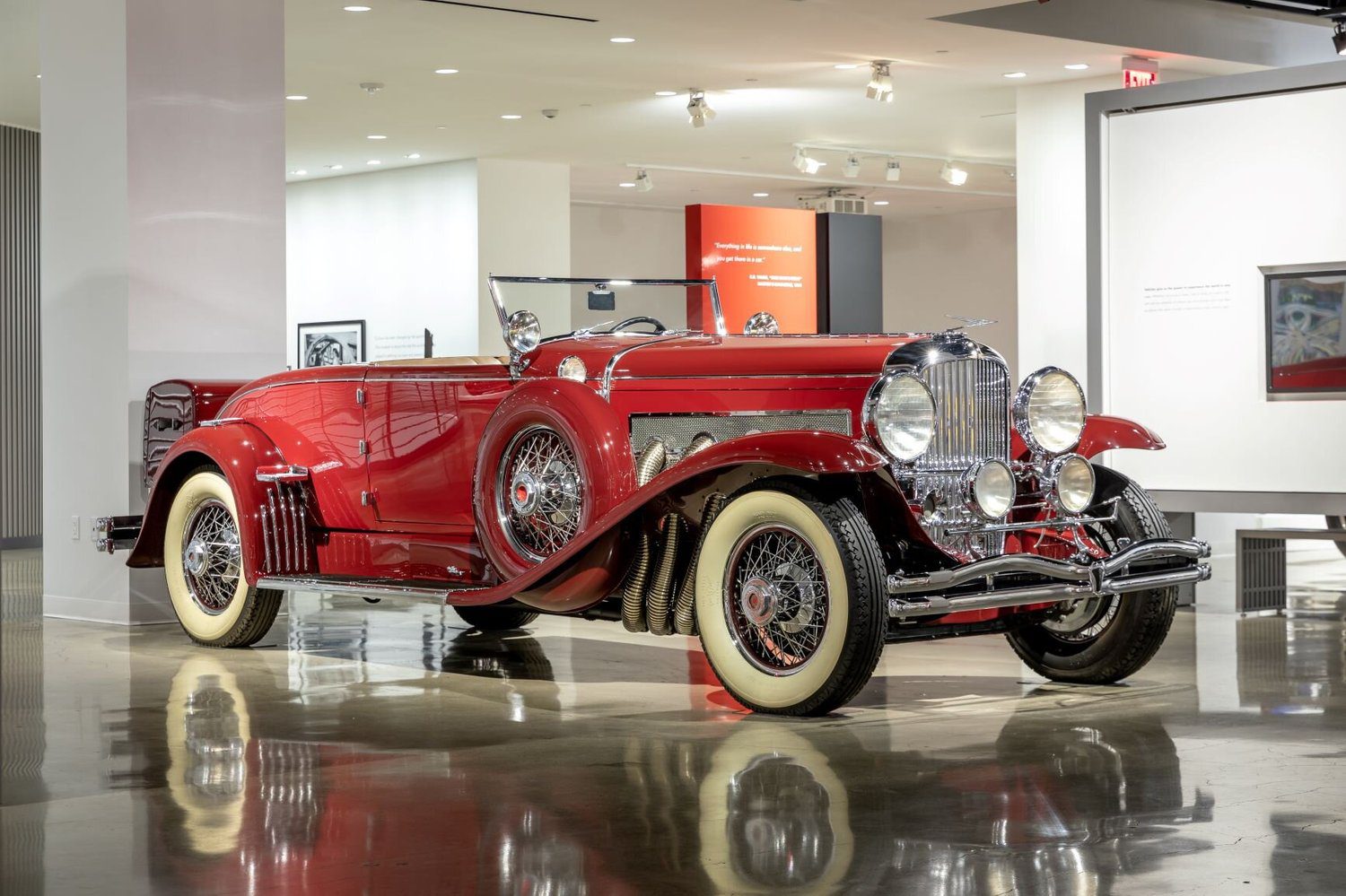
Preserving traditions
In 2024, the Petersen Automotive Museum celebrated its 30th anniversary. Over the years, the institution has managed to preserve one of the greatest collections of both classic and modern cars. Visitors enjoy the following exhibits:
- Hollywood Dream Machines. The exhibition displays cars from popular films and television series, such as Batman movies, the James Bond series, “Back to the Future,” and so on.
- Car Mechanical Institute. The exhibition delves into the science and engineering behind automobiles. Here you may examine engines and other mechanical components that automobile enthusiasts would appreciate.
- Forza Motorsport Racing Experience is an interactive exhibition in which visitors may experience driving a real racing car using a driving simulator.
- The Vault at the Petersen is an extraordinary collection of 250 iconic and rare cars from around the world. The collection is presented in a renovated underground space that covers an area of 60,000 square feet.
It is worth noting that the museum offers a variety of educational programs, excursions, lectures and master classes. This is a popular destination for both visitors and locals, as it even holds special events like fashion shows and gala evenings.


